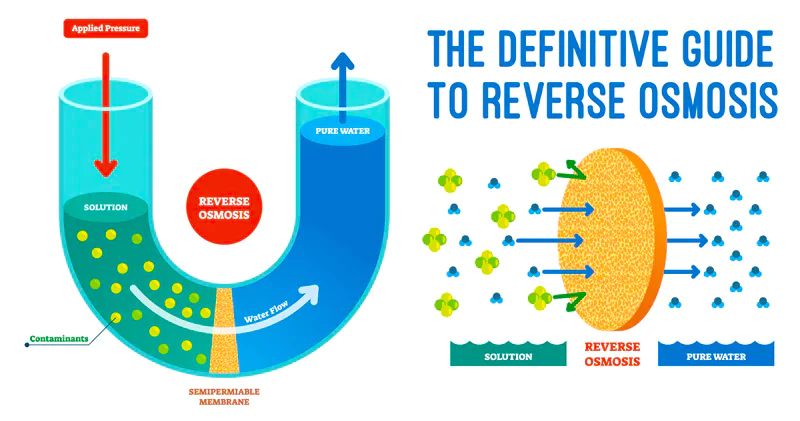The National Green Tribunal (NGT) directs the government to regulate RO-based water Purification Systems.

|
|---|
News Source: PIB
| Must Read | |
| NCERT Notes For UPSC | UPSC Daily Current Affairs |
| UPSC Blogs | UPSC Daily Editorials |
| Daily Current Affairs Quiz | Daily Main Answer Writing |
| UPSC Mains Previous Year Papers | UPSC Test Series 2024 |
To get PDF version, Please click on "Print PDF" button.
How Climate Change is Creating Refugees Across the...
View India’s Gender Gap Report Ranking as a Warn...
Aiding India’s Progress with Choice, Control and...
Bridge too Far: On the Bridge Collapse in Vadodara
How India’s Biofuel Potential Complements its Le...
As PM Modi lands in Namibia, this is why the Count...
<div class="new-fform">
</div>
